Introduction
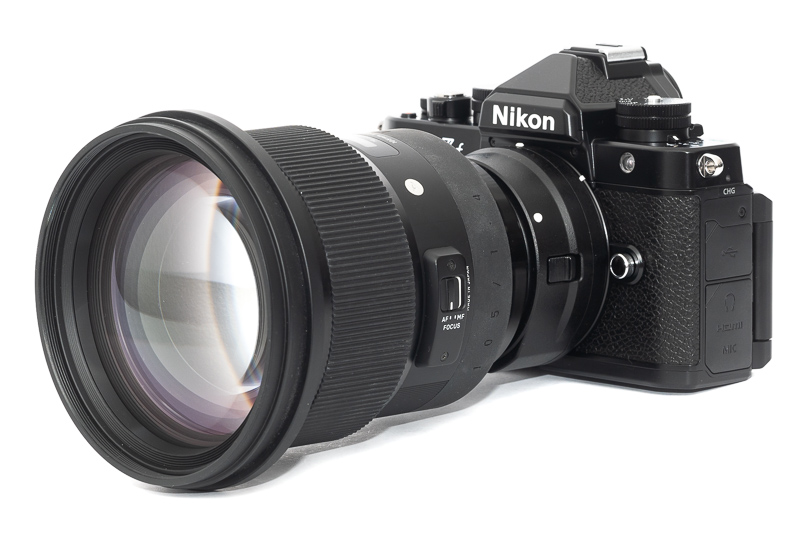
With its huge front element the Sigma 105mm 1.4 DG HSM Art is one of the biggest and heaviest short tele lenses ever made. Is it actually worth carrying this massive lens around when there are significantly smaller and lighter 85/105mm f/1.4 lenses available? Let’s find out in this review!
Update August 2025: additional sample pictures added
Sample Images








You can find many of the sample images in full resolution here.
Contents
Specifications
Sigma released this Sigma 105mm 1.4 DG HSM Art in 2018, roughly two years after the Nikon AF-S 105mm 1.4E hit the market. It has the following specifications:
-
- Diameter: 116 mm
- Field of view: 23.3° (diagonally)
- Length: 134 mm
- Weight: 1500g (without hood[105g], without caps, without tripod collar[125g])
- Filter Diameter: 105 mm
- Number of Aperture Blades: 9 (rounded)
- Elements/Groups: 17/12
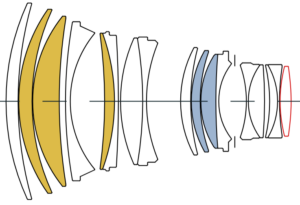

- Close Focusing Distance: 1.0 m
- Maximum Magnification: 1:7.8 (measured)
- Mount: Nikon F, Canon EF, Sony E, L Mount, Sigma SA
buy from Amazon.com | Amazon.de | B&H | ebay.com | ebay.de (affiliate links) for $1599 (new) or starting at $900 (used)
Handling/Build quality
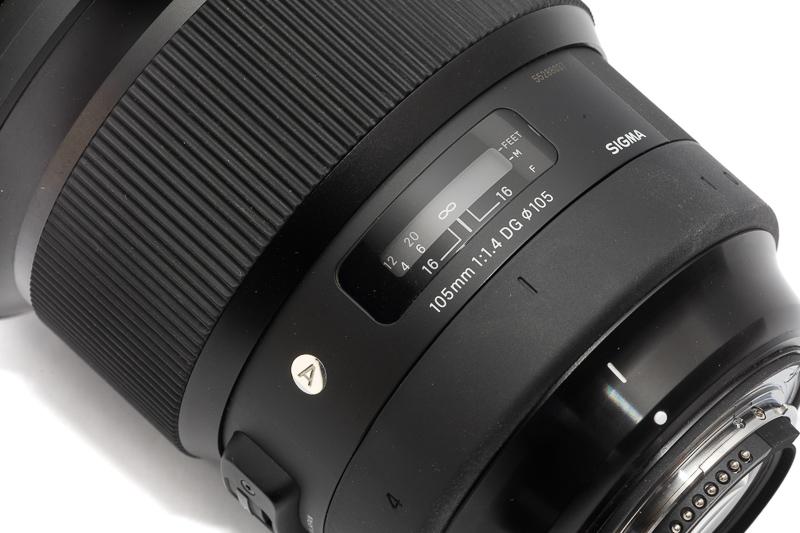
This Sigma 105mm 1.4 DG HSM Art has been produced for several different mounts. In the pictures you see the version for Nikon’s F-mount, but the handling characteristics apply to all of them.
The outer casing seems to be mostly made from high quality polycarbonate – as is typical for lenses from Sigma’s Art line – which is also true for the filter thread. There is a rubber gasket to be found at the bayonet.
The focus ring features a mechanical coupling to the helicoid (no focus by wire) and it takes about 120° from the minimum focus distance (1.0 m) to infinity. The lens also features a physical distance scale.
When it comes to AF lenses, these Sigma lenses offer one of the best manual focus experiences as the resistance is very nice and there is no slack.
A huge lens hood that is made from the same type of high quality polycarbonate is also part of the package. Featuring a locking screw it is similar to those hoods found on higher end super tele lenses. It can be mounted reversed for transport.
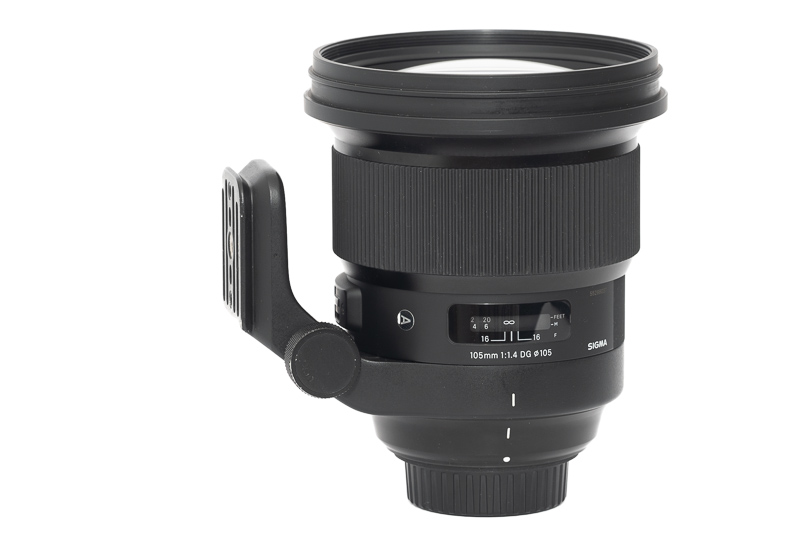
The lens comes with a removable tripod collar. What is really amazing: it features an Arca Swiss profile from the get go, so this is actually the first lens where I didn’t have to buy a replacement collar. Sigma, great job!
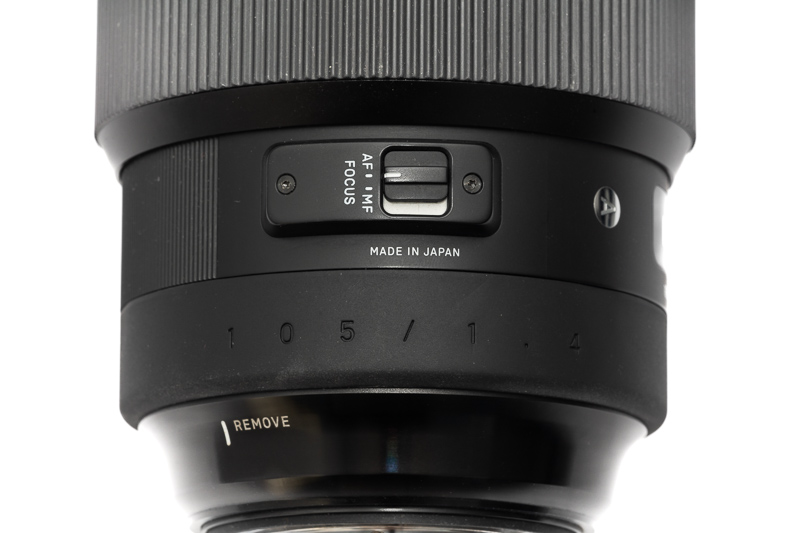
If you don’t need the tripod collar you can attach a rubber ring instead, which is also a very thoughtful addition.

There is no denying, this is a huge lens. The Sony FE 85mm 1.4 GM and the Canon EF 85mm 1.2L II USM are by no means small lenses, but they look tiny next to this Sigma 105mm 1.4 DG HSM Art.
If you are a Z-mount user, the F-mount version of this lens works very well on the FTZ adapters. The F-mount version is also an “E” lens, so the aperture is controlled electronically only, which means there are limitations using it on Nikon’s analogue cameras.
AF performance
I am not shooting sports or fast moving animals/humans so if you want to know if the lens is fast enough for this, or how it compares to other lenses in this segment, you may have to look for a different review with a more detailed assessment of this aspect.
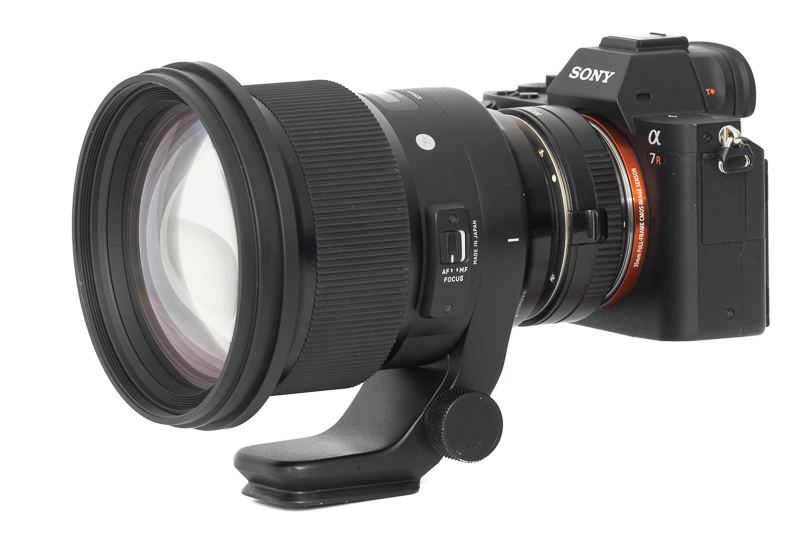
The AF was always fast and accurate and it is also completely silent. I tried this lens via FTZ II adapter on a Nikon Zf, a Nikon Z6 as well as via the Monster Adapters LA-FE1/2 on a Sony A7III/A7rII. If you are an E-mount user there is of course also a native version available.

Vignetting
light falloff
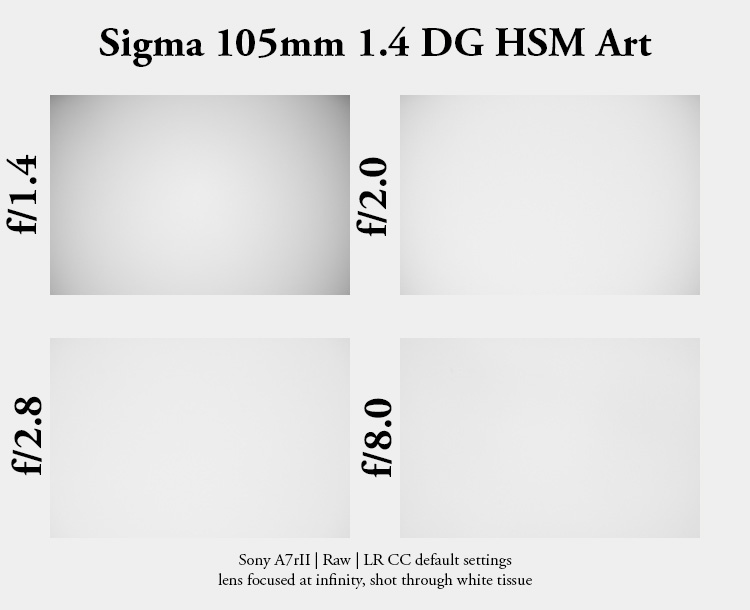
| f/1.4 | 2.0 EV |
| f/2.0 | 1.2 EV |
| f/2.8 | 0.6 EV |
| f/4.0 - f/16 | 0.4 EV |
Now if you see that huge front element you may think that this lens will only show very little vignetting, but I have been fooled by way too many lenses to still fall for this trick. Compared to the noticeably smaller Nikon AF-S 105mm 1.4E the vignetting figures are only lower by a third of a stop in the f/1.4 to f/2.8 range and actually the same stopped down. This isn’t really something to get excited about.
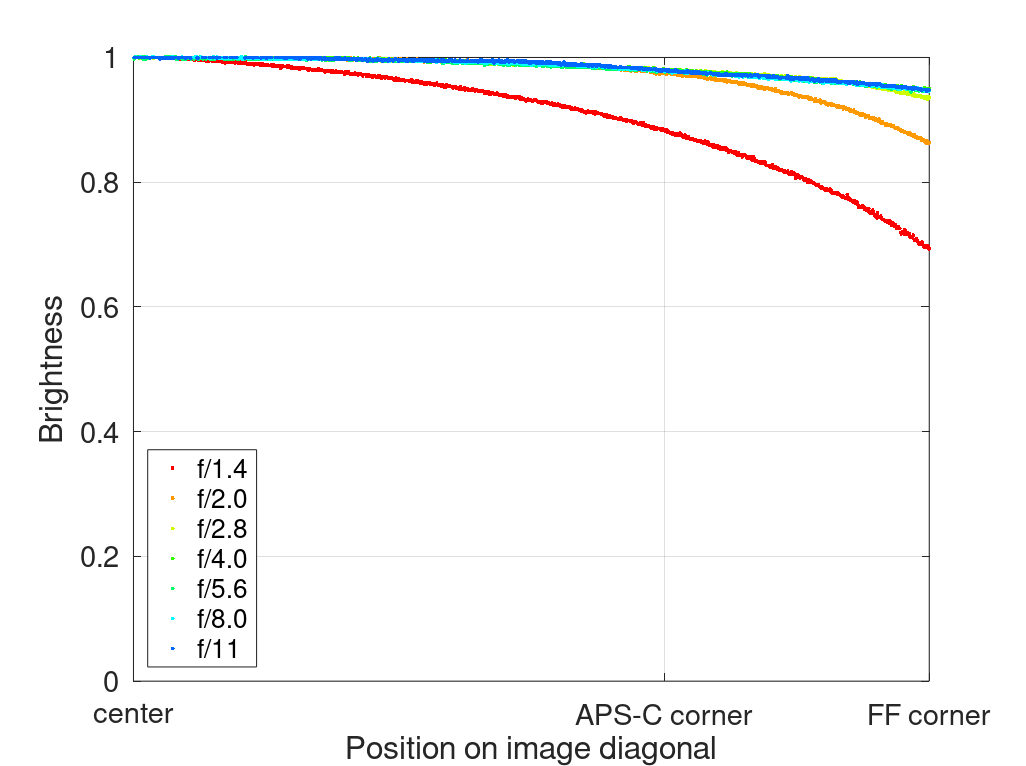
It is recommended to have a look at this article first to get an idea how this brightness graph works.
optical vignetting
Fast lenses usually show a noticeable amount of optical vignetting. Without going too much into technical details optical vignetting leads to the truncation of light circles towards the borders of the frame.
In the center of the frame almost every lens will render a perfect circle, but only lenses with very low optical vignetting will keep this shape in the corners.
So in the following comparison we move from the center (left) to the extreme corner (right) and see how the shape of the light circle changes.
I did not shoot both lenses side by side, but I set both lenses to a focus distance of 1.2 m. With the Nikon lens I used a glass as mirror, hence the vertical lines.
Whenever I see a lens that is bigger than the competitors featuring the same specifications and features a huge front element I hope to see a low amount of optical vignetting. Not always there actually is a direct correlation between the lens’ dimensions and the amount of optical vignetting though.
In this case, there certainly is. And the comparison to the Nikon AF-S 105mm 1.4E makes that very obvious. The Nikon lens shows a massive amount of optical vignetting, not only at f/1.4, but still at f/2.0 and f/2.8.
This Sigma on the other hand shows an almost moderate amount at f/1.4 and close to none at f/2.0.
What does this mean for us? We can expect a more even background blur and the border and corner regions will also simply be more out of focus compared to using the Nikon AF-S 105mm 1.4E. This also makes it a very good choice for Brenizer/Bokehpanoramas.
Despite the usage of an aspherical element I hardly see any onion ring structures in the Sigma’s out of focus highlights.
Sharpness
MTF-Graphs
The MTF graphs promise an amazing image quality in the center and over most parts of the midframe area. Towards the corners we see a noticeable drop in image quality with some astigmatism. Let’s see about the actual performance in the following sections.
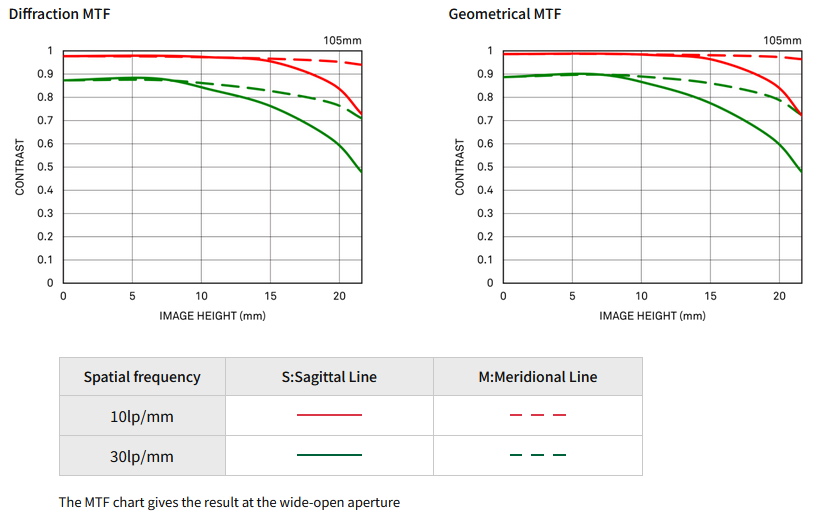
Most MTF-Graphs show calculated values that do not take into account manufacturing tolerances and sample variation. Furthermore they are usually calculated for infinity, so in the field and shooting at different distances a noticeable variation may be visible.
Focus Shift
Not only with rangefinder cameras but also with (D)SLRs focus shift is/was an issue. I am a bit surprised to see that a lens as complex as this shows focus shift. It is not enough for the subject to appear out of focus with the lens slightly stopped down, but it does mean when slightly stopped down the lens will not be as sharp as it could be.
If you use the E-mount version on an E-mount camera or the F-mount version via FTZ adapter on a Z-mount camera or the EF version via a later metabones adapter on an E-mount camera you can focus at working aperture where this won’t be an issue. I am not sure how the L-mount and RF-mount cameras work.
The Nikon AF-S 105mm 1.4E showed even stronger focus shift.
infinity (42mp Sony A7rII)
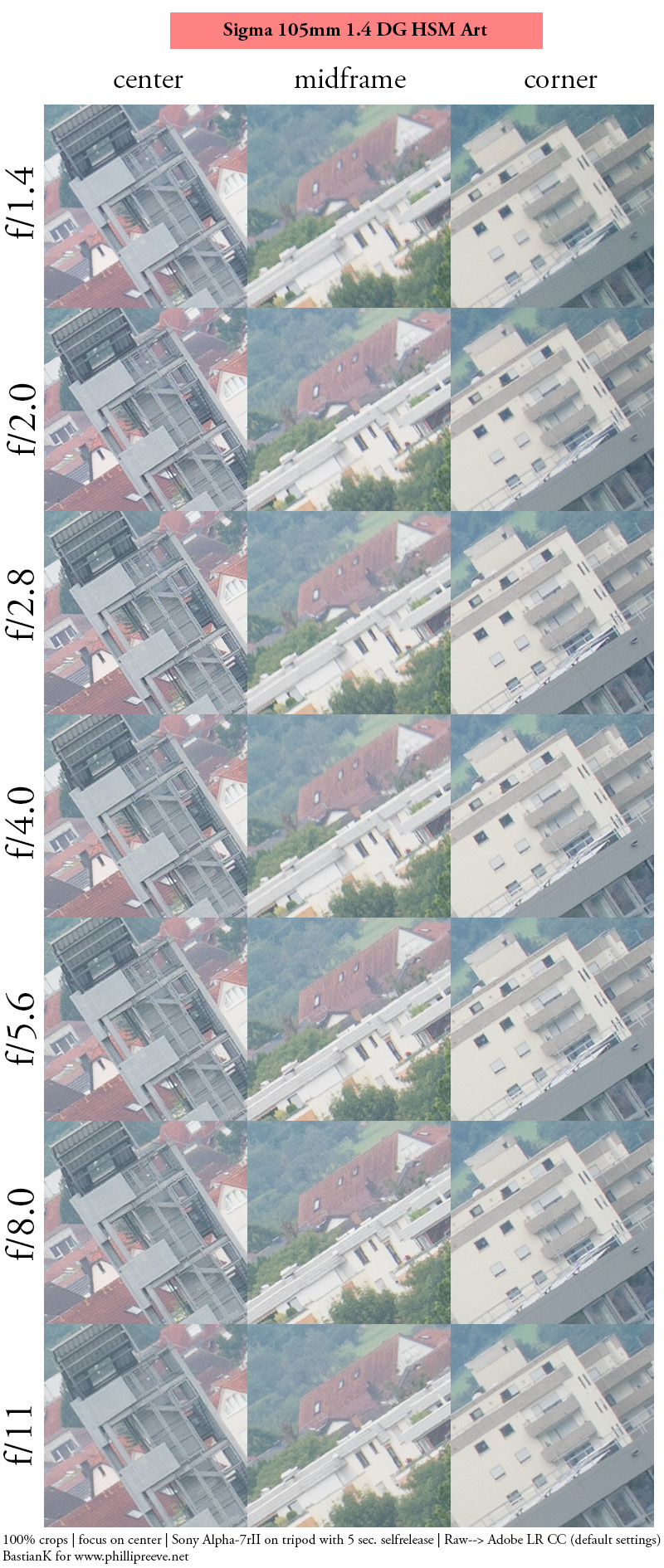
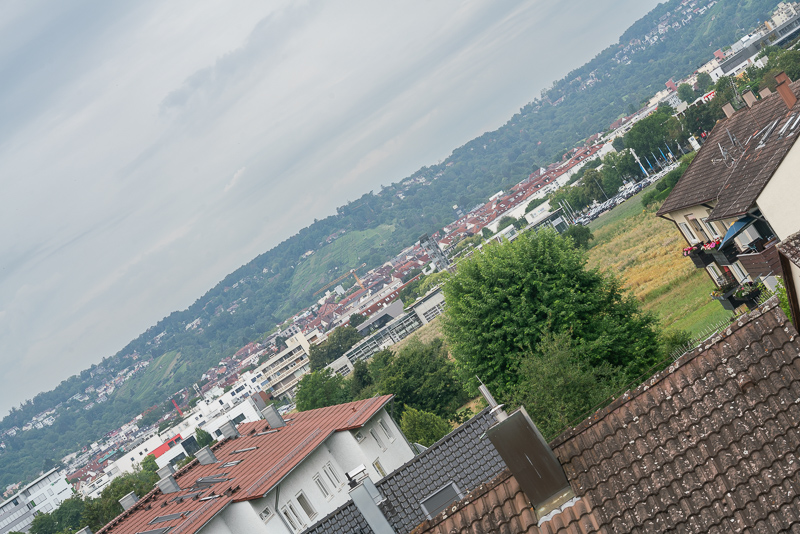
In the real world I see a bit of a midzone dip which I did not see in the MTF graphs, yet the corners look better than expected. In lenses with floating elements this can happen, when the flange focal distance is not correct. I repeated this test on two cameras with three different adapters and the result was always the same and with adapters I know from other tests are correct in length. In Lens Rentals’ measurements I do see a bit of a midzone dip at higher frequencies, which are what we are looking at here after all.
Either way, with this sample and the cameras and adapters I was using, I see a bit of a midzone dip and pretty good corners at f/1.4. Best across frame performance I see at f/5.6.
With the Nikon AF-S 105mm 1.4E I did not encounter a midzone dip, but the corners looked pretty bad and therefore stopping down to f/8.0 was needed for best across frame performance.
Heat haze and vibrations can have a big influence here.
portrait distance (2.5 m, 42mp Sony A7rII)
For portraiture it isn’t so important how flat the field is, it is more interesting to see what the sharpness is like when focused at different parts of the frame to take field curvature out of the equation.

This is what I did here, I refocused for every shot and aperture to get the best possible result at different locations in the frame (center, inner midframe and outer midframe).
Focus distance was roughly 2.5 m and the circle of the dollar bill is more or less the size of a human eye.
f/1.4 <————> f/2.0
There are some things to talk about here. Looking at these crops the short story would be: there is a lot of moiré already at f/1.4, that means excellent performance. And at first sight the crops do indeed look almost as good as those from the Nikon AF-S 200mm 2.0G VR here, which is still a reference to this day.
If we get a bit more into detail: I did refocus the f/2.0 shots because of focus shift to ensure the optimal performance here. Had I not done that, there would be no moiré in the f/2.0 shots anymore.
Furthermore, contrast and resolution (or to be more technical: MTFs of higher and lower frequencies) do not peak in the exact same focal plane, meaning you could focus for contrast, for resolution, or try to hit something inbetween (which I tried). For most applications this won’t really matter, but if you try to squeeze the maximum image quality ouf of this lens, it helps to be aware of this, therefore I mention it, for those who care.
close (1.0 m, 1:7.8, 24mp Nikon Z6)
For a change I used the Nikon Z6 with only 24mp here, as that camera allows me to focus at working aperture to ensure we see the best possible performance also slighty stopped down.
A minimum focus distance of 1.0 m is typical for a fast ~100mm lens. The image is a bit softer at f/1.4 here due to spherical aberration, but it is much sharper than the Nikon AF-S 105mm 1.4E, which had to be stopped down to f/2.8 for a decent performance.
Flare resistance
As always evaluating flare is a complex matter since you can get any lens to look bad if you push it hard enough and a slight change of scenario can affect results a lot.
Fast tele lenses haven’t been exactly great performers in this category and with its huge front element and the high element count I have some doubts things will be different here, but let’s have a closer look.
At f/1.4 you can catch some ghosts with the sun inside the frame and also some veiling flare with it outside of the frame.
Stopped down to f/11 the situation changes for the worse, as the artefacts become more obvious.
The lens ships with a huge lens hood, so the question is: does it make sense to carry it around, making the lens even bulkier? I tried to manufacture a setup where the hood actually makes a difference, but I didn’t manage to accomplish that, whereas shading the lens with my hand did have a positive effect.
It is still possible that in some situations the hood may be of help, but I didn’t come across one of those and often left it at home.
The veiling flare with a strong light source located outside the frame on top is something I also encountered in the field at night:

In backlit scenarios the veiling flare also leads to a loss of contrast which also affects the colors which will come out more subdued:

A typical performance for a fast tele lens. I actually haven’t come across a fast tele lens that shows a really good performance here yet.
Coma
According to an interview with Sigma this lens has originally been designed with astrophotography in mind so correction coma was a high priority. Indeed this aberration is corrected very well, noticeably better than what I have seen from the Nikon AF-S 105mm 1.4E.
Distortion
The Sigma 105mm 1.4 DG HSM Art shows a tiny amount of pincushion distortion – typical for short tele lenses. Correction profiles are readily available (e.g. in Lightroom).
Bokeh

With an entrance pupil size of 75mm we can expect to see a lot of blur here and not only at close distances. Quantity is not everything though, there is also quality, so let’s have a closer look at that.
Close distance




These distances are where I actually enjoyed using this lens the most. Because of the high contrast and resolution the subjects really stand out from the smooth ouf of focus backgrounds. Due to the comparably low optical vignetting there is also no distracting swirl to be found here.
Medium distance







The benefit of these fast tele lenses is, that even when the background is not far from the actual subject, it can still be thrown out of focus – as we can see from all those parade pictures.
Long distance





If you like this lens’ bokeh rendering or not is also a matter of personal taste. I had a look at what other people think of it online and most technical reviewers like it a lot whereas there are also some people who don’t like it at all for being “too clinical”. So have a look at the samples to figure out what category you are in.
It is common knowledge by now that out of the almost 300 lenses I have used the Sony FE 85mm 1.4 GM is my favorite when it comes to bokeh rendering. So even though there is a difference in focal length (maybe even more than you think) we will have a look at some bokeh comparisons between these two lenses. This also helps to visualize the potential benefit these 105mm 1.4 lenses can give over the more common 85mm 1.4 lenses.
Compared to: Sony FE 85mm 1.4 GM
Obviously the focal length differs by about 20%, so direct comparisons are not exactly possible. You will find some scenes where I took pictures from the same position and cropped the 85mm 1.4 pictures to an 105mm 1.7 equivalent (which obviously puts the 85mm at a disadvantage) and there are also scenes where I got closer with the 85mm – to get a better idea what the rendering will be like with same object sizes – which is probably a more realistic and therefore useful comparison.
Scene 1: Forest
Scene 2: Forest
Scene 3: City Lights
Scene 4: Parking Lot
Scene 5: Portrait
Observations
Did we learn something here? Now obviously a 105mm lens offers a higher compression compared to a 85mm lens, which also makes comparing these lenses harder.
Looking at the characteristics of the out of focus areas, these two lenses look very similar to me. If you are looking for a short tele lens that renders a smooth and undistracting bokeh with little optical vignetting (cat’s eyes) these are easily among the best you can find.
The Sigma 105mm 1.4 is also the sharper lens at f/1.4. It is a difference I personally don’t really care about – as I always find myself reducing clarity and structure in portraits taken with this Sigma lens – but you might have a different opinion on that.
The price to pay for that additional 20mm in focal length as well as the higher sharpness is very high in terms of size and weight though.
Sunstars
Just like the Nikon AF-S 105mm 1.4E also this Sigma 105mm 1.4 DG HSM Art uses 9 rounded aperture blades. The alignment of the aperture blades is pretty good though, so you can actually create decent sunstars from f/11 to f/16.
If you want to learn more about this topic have a look at this article.
Chromatic aberration
lateral
Sigma didn’t use all these special glass elements for nothing, there are no lateral CA to be found here.
longitudinal
When it comes to correcting longitudinal CA in f/1.4 lenses Sigma has already shown with the Sigma 40mm 1.4 Art that they are more than capable of performing this task.
It is hardly possible to find any outlining so I can’t overlook the irony, that while in the past Sigma slapped an Apo tag on whatever junky zoom left the factory, these days they don’t even award it anymore to lenses like this, that would actually deserve it.
Also purple fringing on high contrast edges is nowhere to be found. A big difference compared to most of the 85mm 1.4 lenses and also the Nikon AF-S 105mm 1.4E.
Conclusion
good
|
average
|
not good
|
Sigma’s marketing department called this Sigma 105mm 1.4 DG HSM Art the “Bokeh Master”. The interesting thing is, according to an interview, it wasn’t designed as that. The aim was to create a fast short tele with perfect coma correction for astrophotography. These specifications – an opening of f/1.4 in a 105mm lens – also sound like something very desirable for portrait photography, so – probably because there are more people interested in portrait photography than astrophotography – Sigma’s marketing department picked up on that and called it the “Bokeh Master”. A catchy clickbait nickname for sure. But is it actually true?
Now, an entrance pupil of 75mm lends itself to creating a high amount of background blur. The oversized front element also helps to keep optical vignetting somewhat in check (a big advantage over the Nikon AF-S 105mm 1.4E) and the complex optical design with a lot of special glass elements leads to great sharpness across the whole distance range (again better than the Nikon AF-S 105mm 1.4E) and also to a very good correction of longitudinal CA as well as Coma (once more: in both cases better than the Nikon AF-S 105mm 1.4E).
The thing is, these aspects help to create the “Corrector of Optical Aberrations”, but not necessarily the “Bokeh Master”. Nevertheless, this lens also creates a very appealing bokeh in most situations. Personally I would have wished for a bit undercorrected spherical aberration at longer focus distances, but this is something the astrophotographers would probably not have been happy with.
At the end of the day, I am not 100% sure I would call this Sigma 105mm 1.4 DG HSM Art the “Bokeh Master”. Some other lenses come to my mind before that here, e.g. Laowa 35mm 0.95, Sony FE 85mm 1.4 GM, Nikon Z 135mm 1.8 Plena or Nikon AF-S 200mm 2.0G VR. This Sigma 105mm 1.4 DG HSM Art comes close though and it is still an amazing lens in its own right.
If you are looking for a very well corrected fast 105mm lens to pair with your high resolution camera look no further. If you are a fan of Sigma’s other late DSLR era high performance lenses like the Sigma 28mm 1.4 DG HSM Art and especially the Sigma 40mm 1.4 DG HSM Art, I am sure you will also be very happy with this one.
buy from Amazon.com | Amazon.de | B&H | ebay.com | ebay.de (affiliate links) for $1599 (new) or starting at $900 (used)
Alternatives
There are two obvious alternatives, the Nikon AF-S 105mm 1.4E and the Zeiss Otus 100mm 1.4. If you see 85mm or 135mm lenses as an alternative, you can find many of those in our Guide to 85-135mm Portrait Lenses.
Nikon AF-S 105mm 1.4E:
The Sigma corrects most optical aberrations better (noticeably so sometimes) but it is also significantly bigger and heavier. If I was to compare their bokeh rendering, they both have their strengths. The Sigma has very low optical vignetting, with a lot of defocused points of light in the background this can lead to a more natural look compared to the Nikon. The Nikon on the other hand has more residual spherical aberration (= it is less sharp) at longer focus distances, which can lead to a more desirable look for portraits – depending on your preferences.
buy from amazon.com | amazon.de | B&H | ebay.com | ebay.de (affiliate links) for $1599
Zeiss Otus 100mm 1.4:
The last lens of the Otus line and maybe the last photography lens by Zeiss period. Cameralabs has a review of it and they also compare it to this Sigma 105mm 1.4 and the aforementioned Nikon lens. My take away from that review: I would rather get the Sigma or the Nikon. This lens is on my List of lenses I would like to review, so if you happen to own one and want me to have a closer look at it, get in contact.
buy from amazon.com | amazon.de | B&H | ebay.com | ebay.de (affiliate links) for $4000
Sample Images
































You can find many of the sample images in full resolution here.
Further Reading
- Guide to 85-135mm Portrait lenses
- Review: Canon EF 200mm 1.8L USM
- Review: Laowa 35mm 0.95 – The World’s fastest 35mm lens
- Bokeh explained
- Reviewing Lenses isn’t really worth it
Support Us
Did you find this article useful or just liked reading it? Treat us to a coffee!
![]()
![]()
![]() via Paypal
via Paypal
This site contains affiliate links. If you make a purchase using any of the links marked as affiliate links, I may receive a small commission at no additional cost to you. This helps support the creation of future content.
Latest posts by BastianK (see all)
- Review: Nikon AF-S 28mm 1.4 E - November 5, 2025
- Review: Sigma 135mm 1.4 Art DG – The actual Bokeh Master - October 25, 2025
- Analogue Adventures – Part 45: Fujichrome Provia 400X (expired) - October 22, 2025
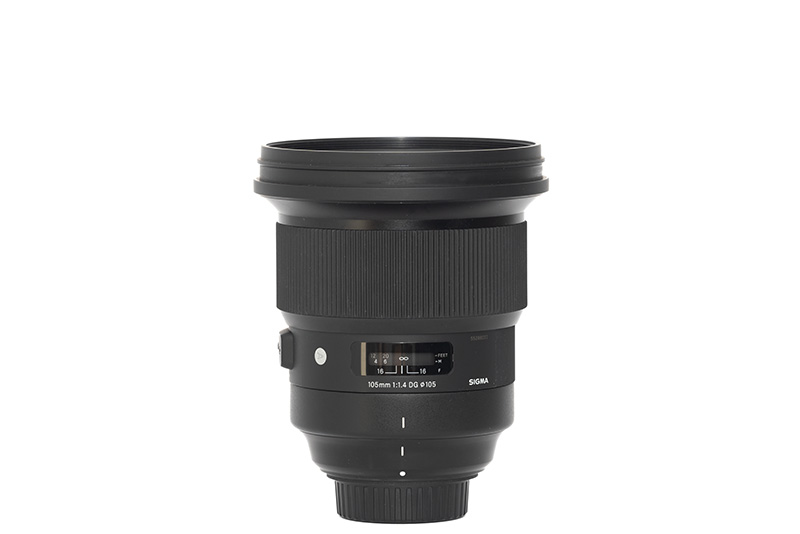
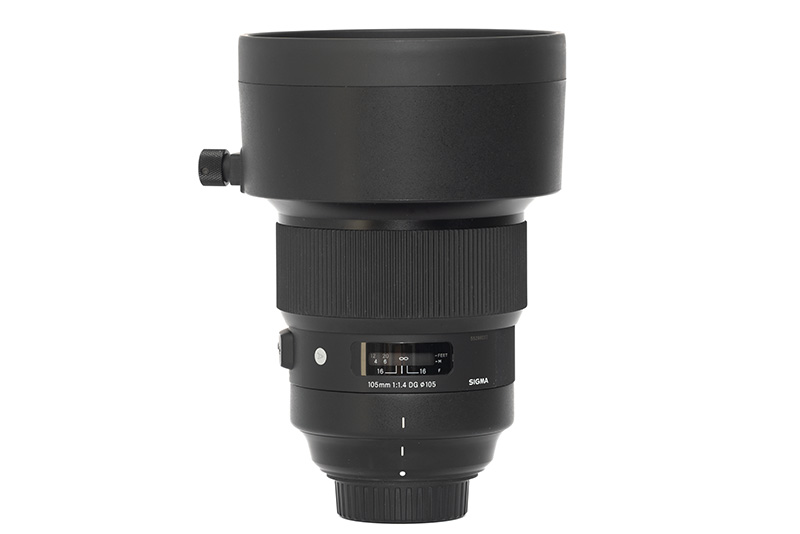
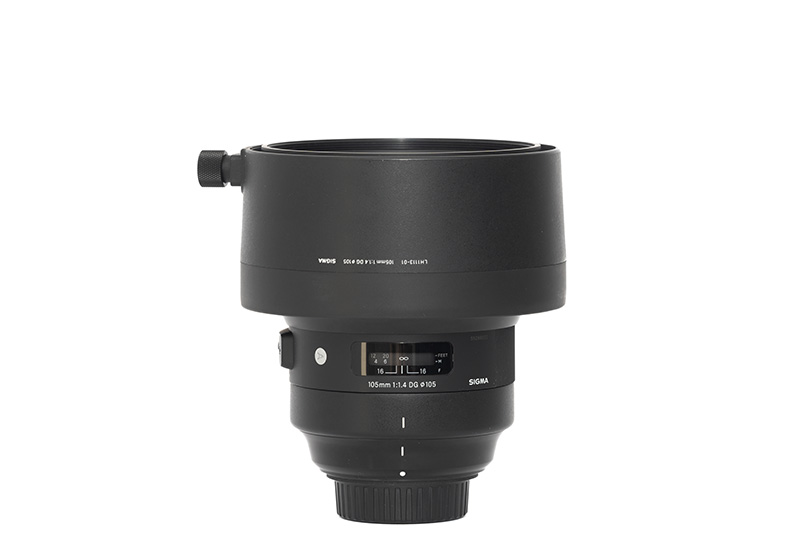






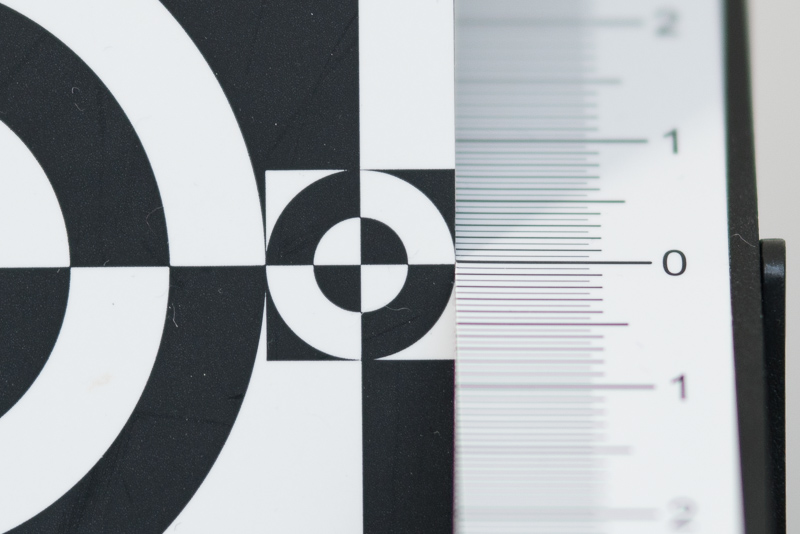
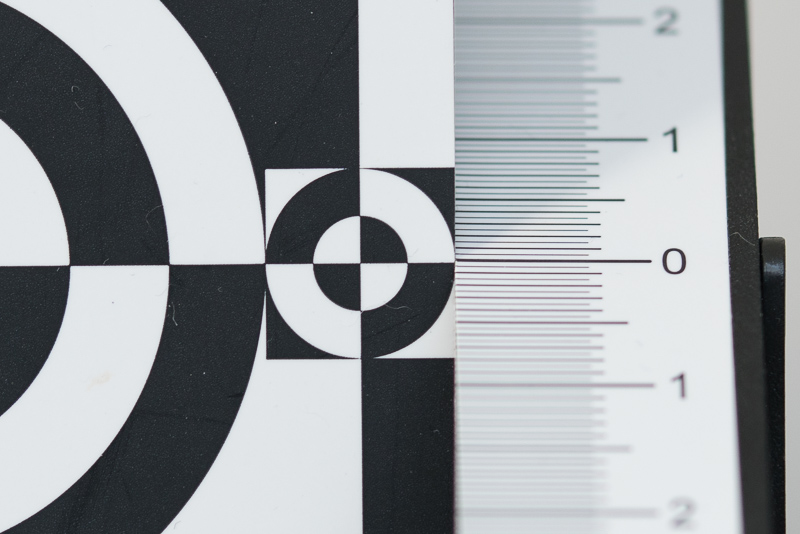
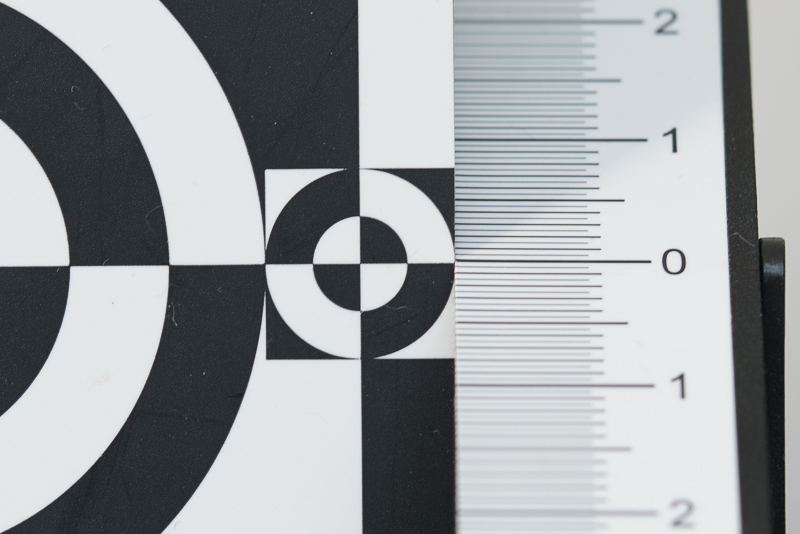
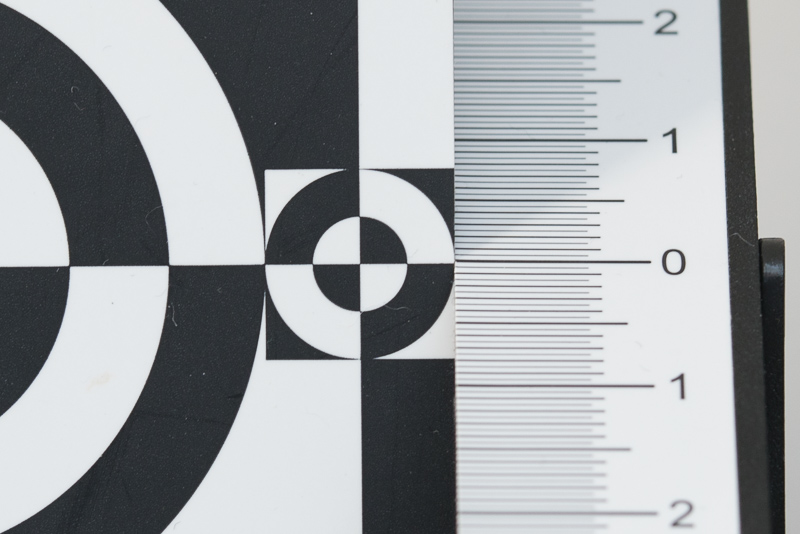







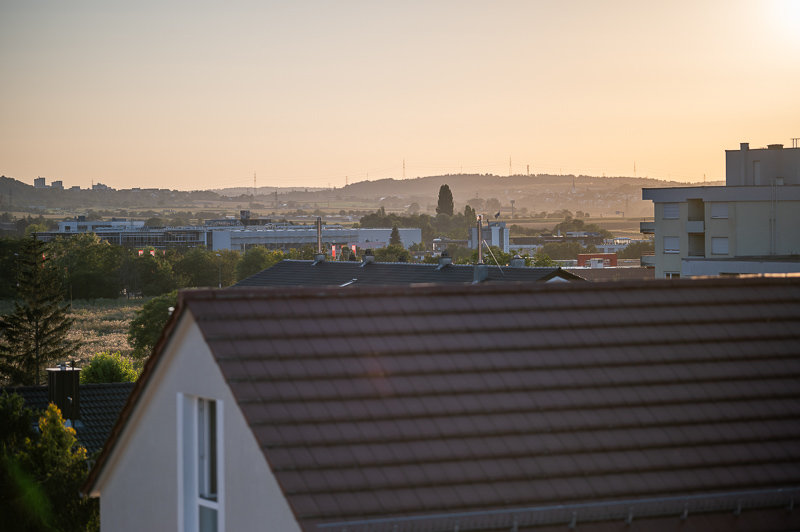
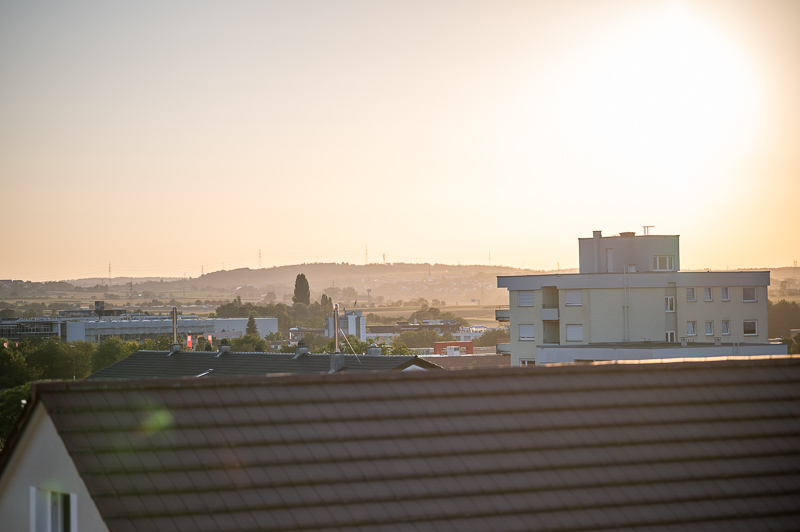
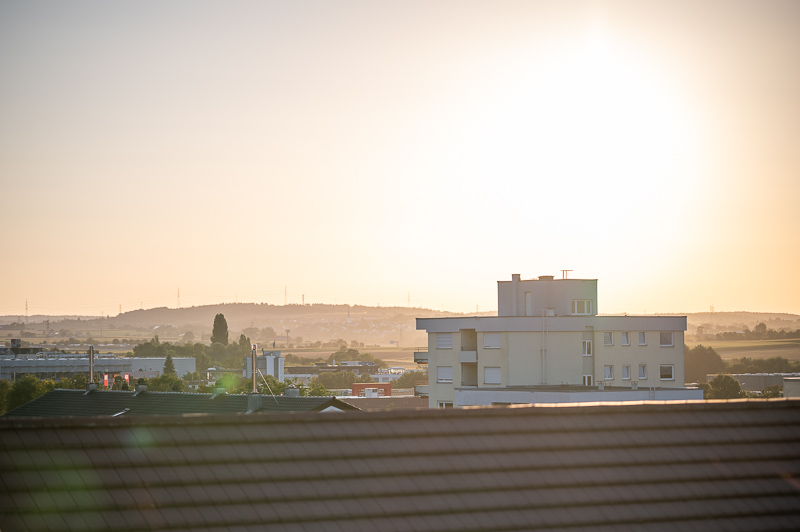
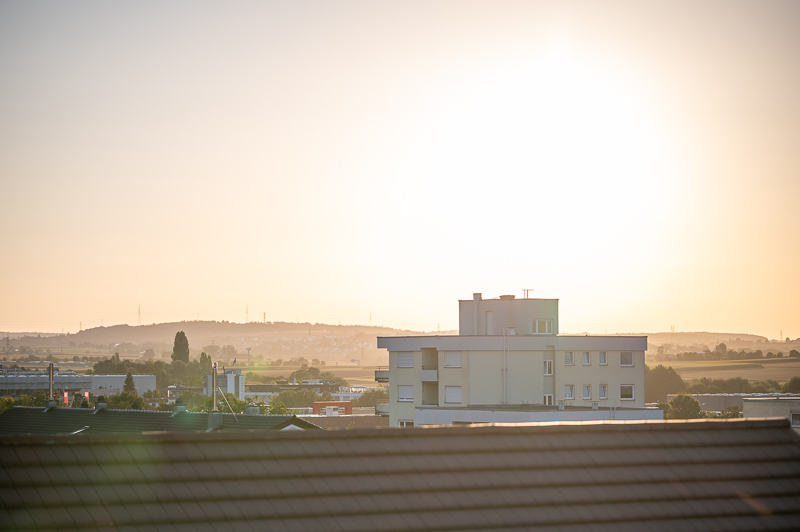
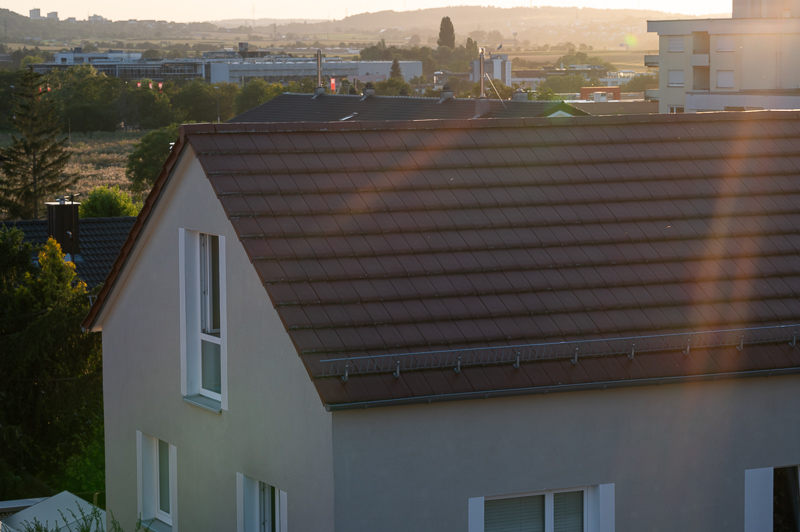
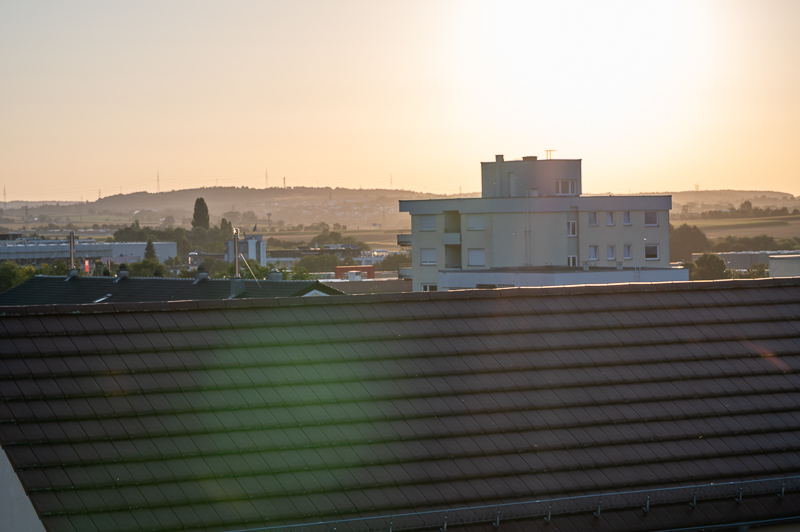
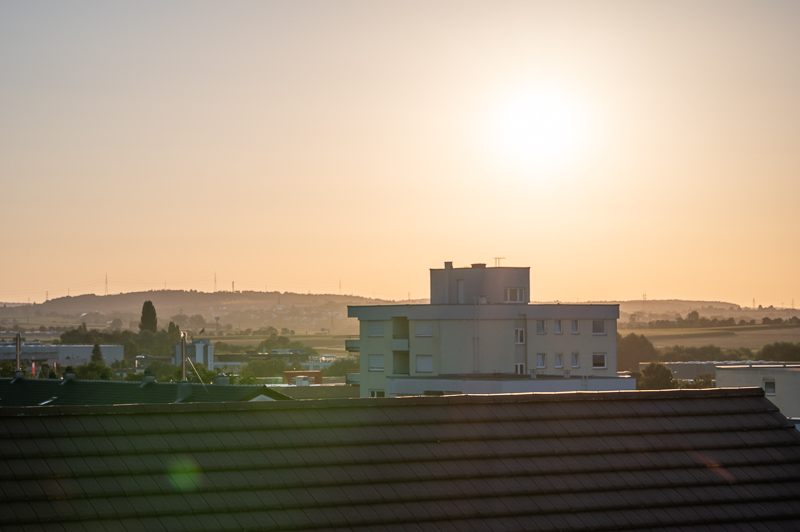
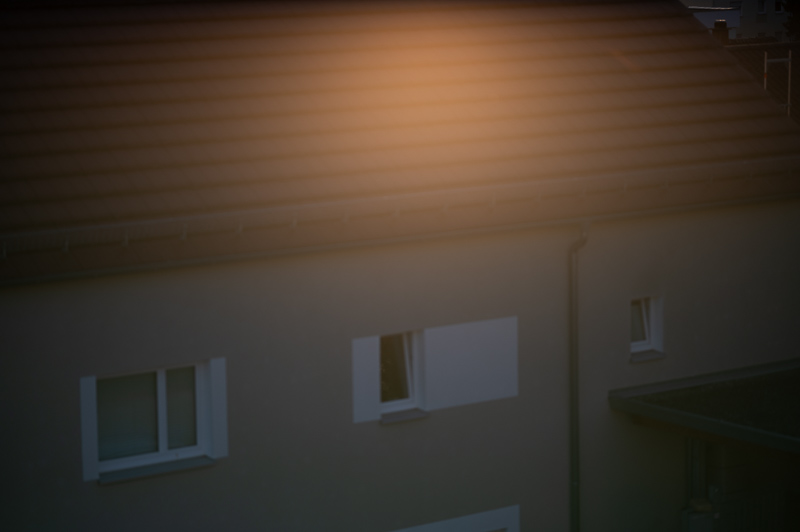
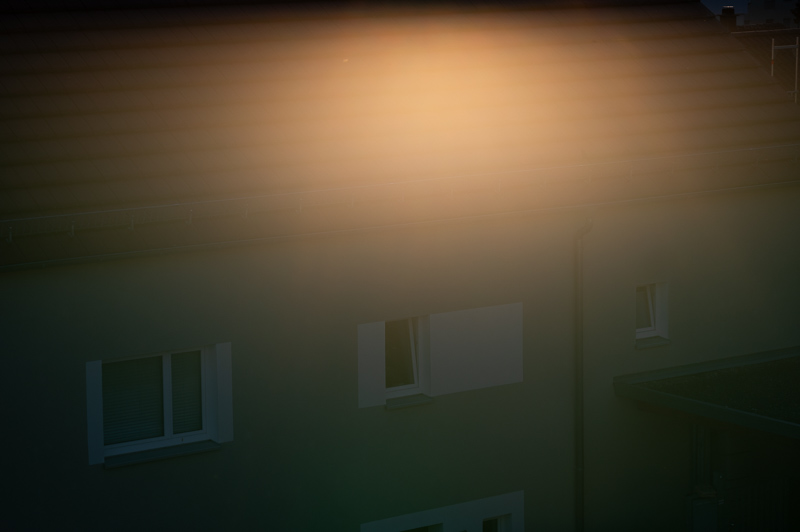
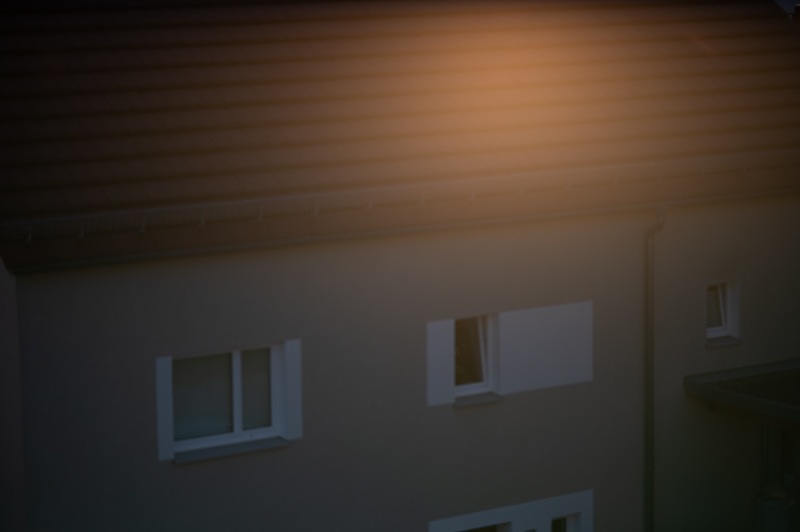
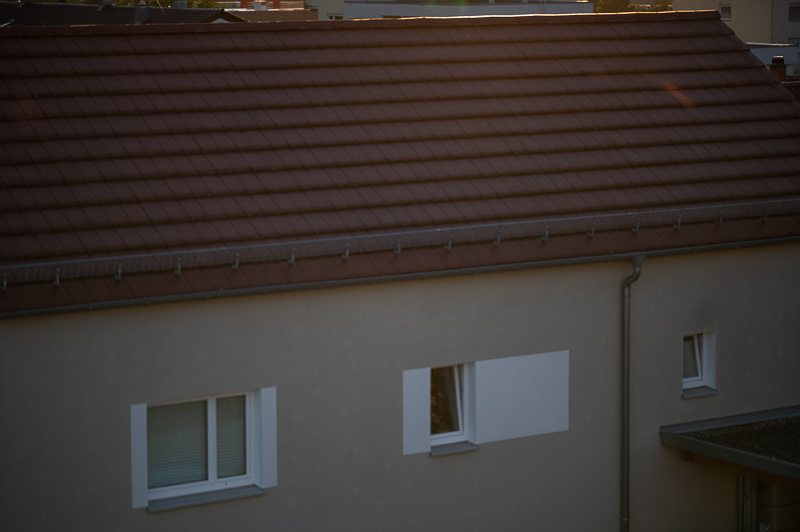
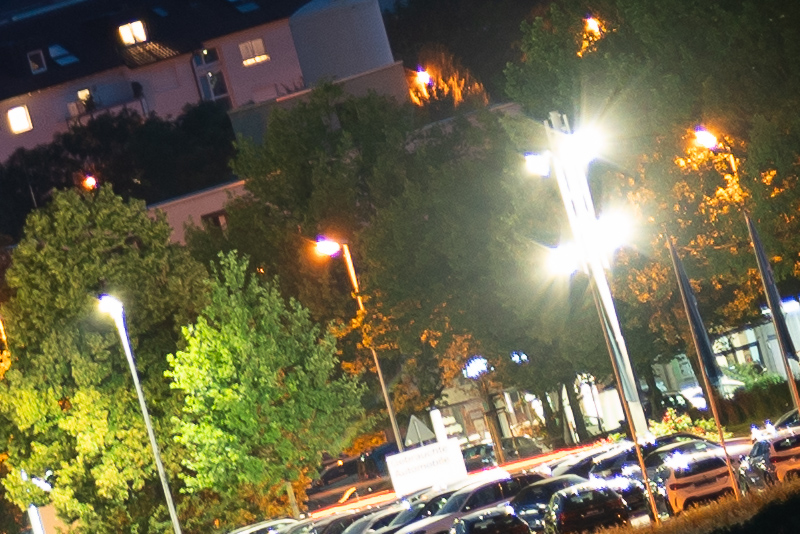
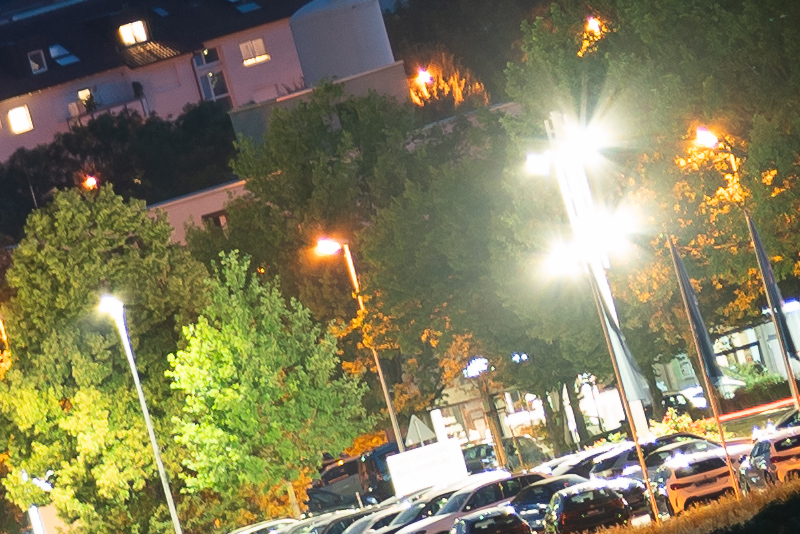
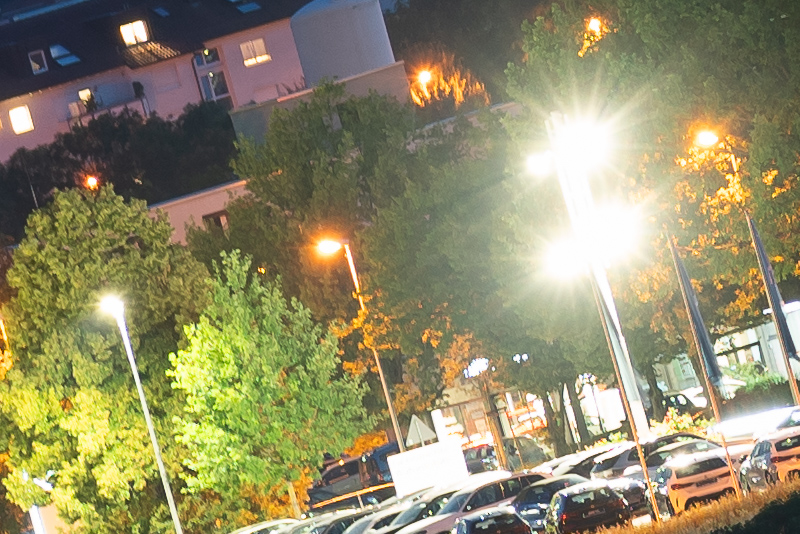
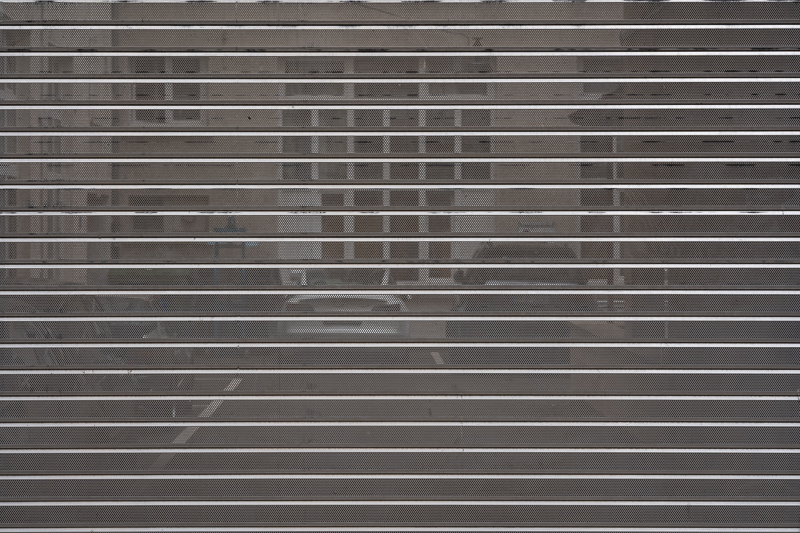
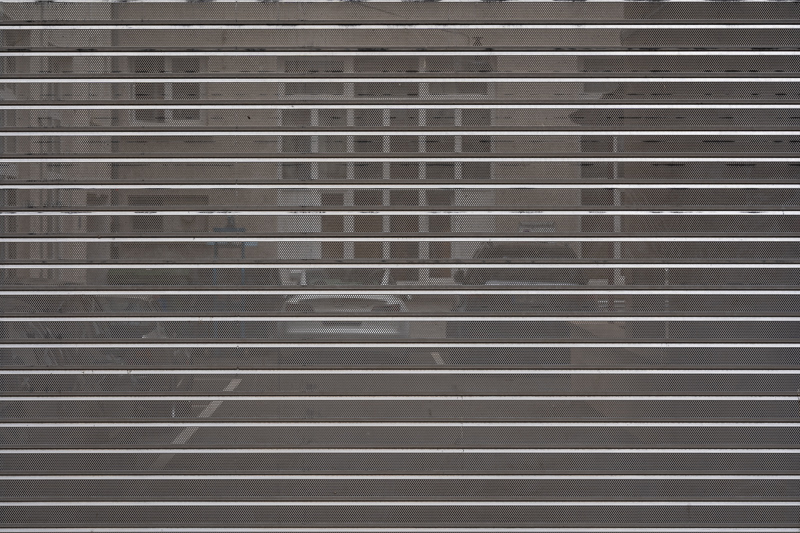
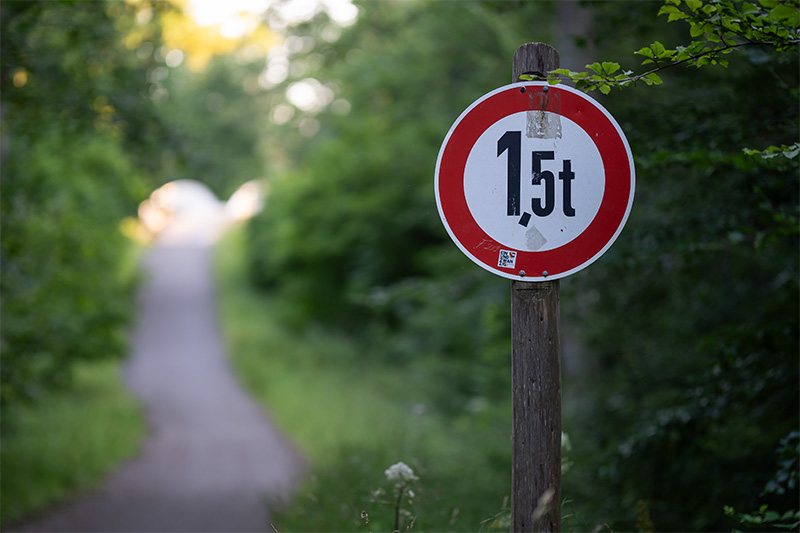
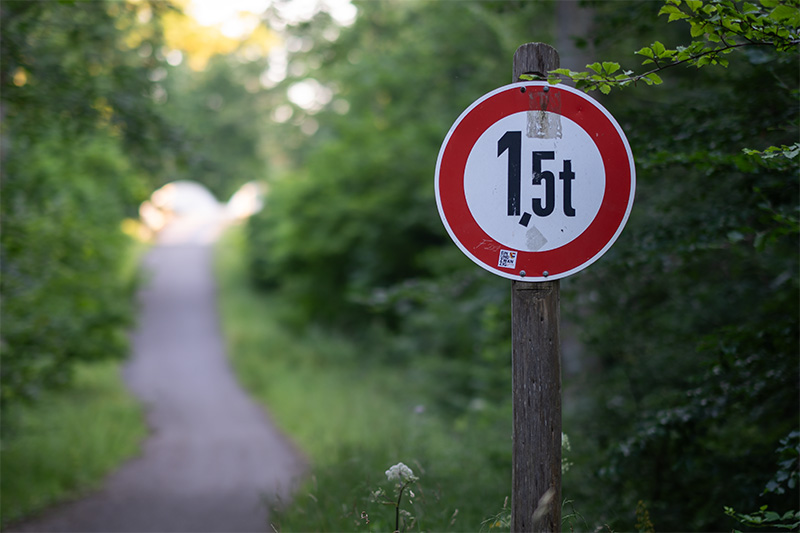
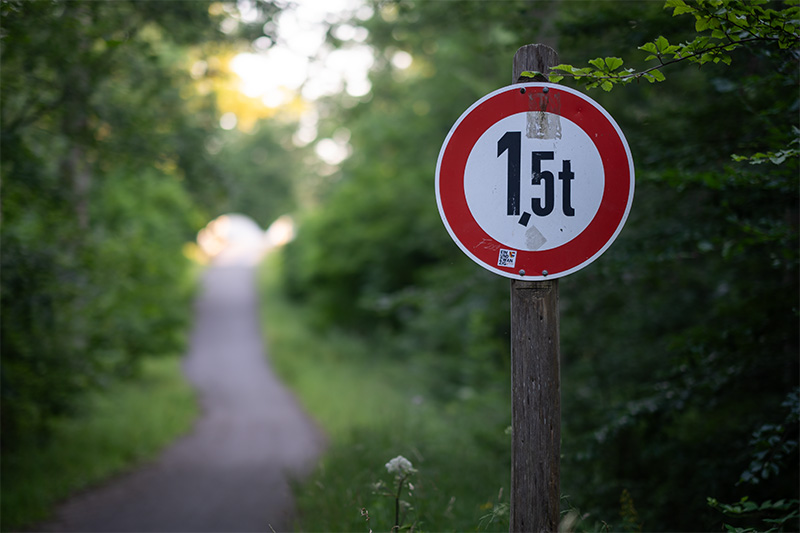
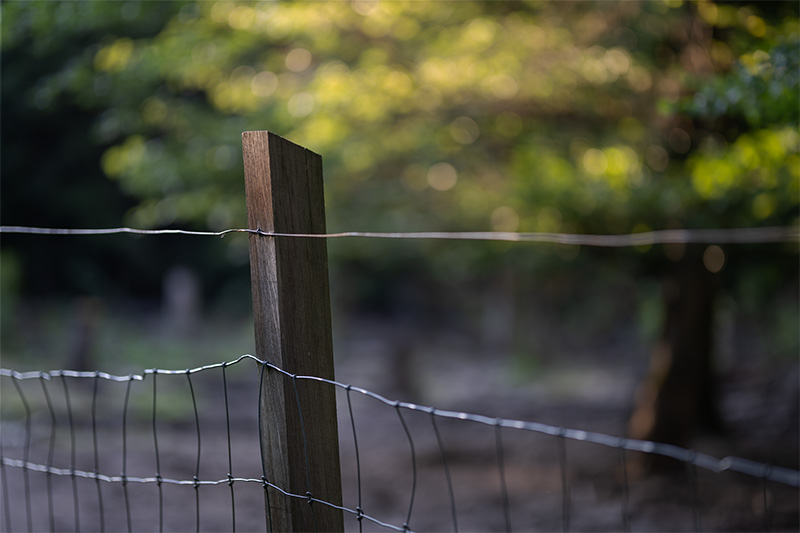
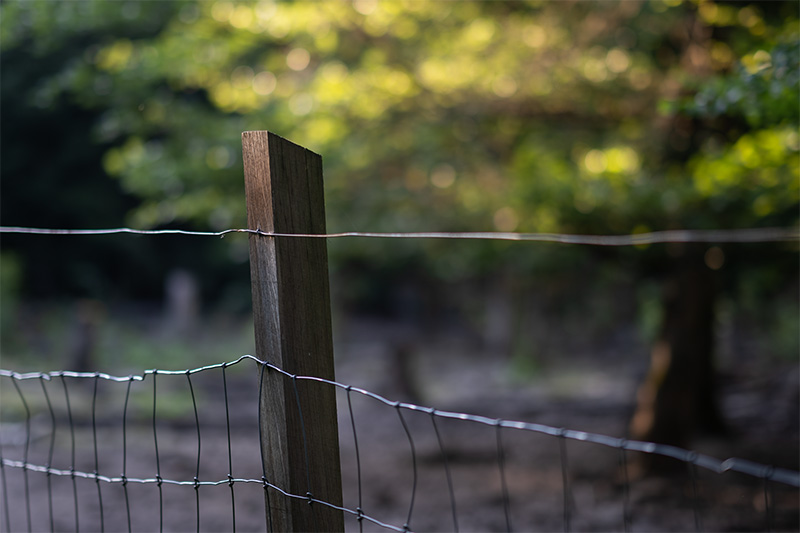
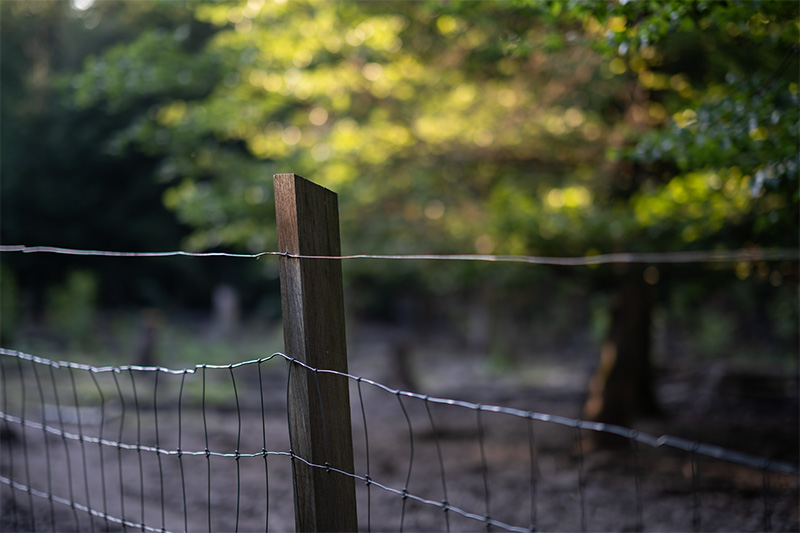


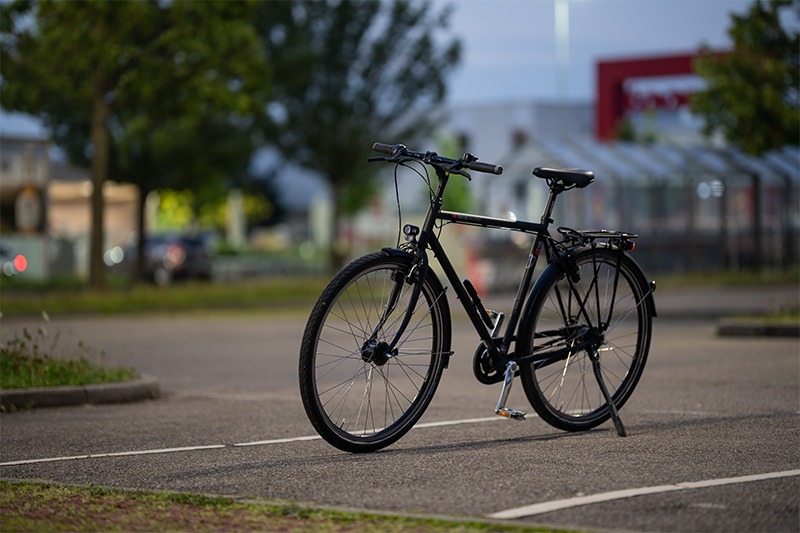

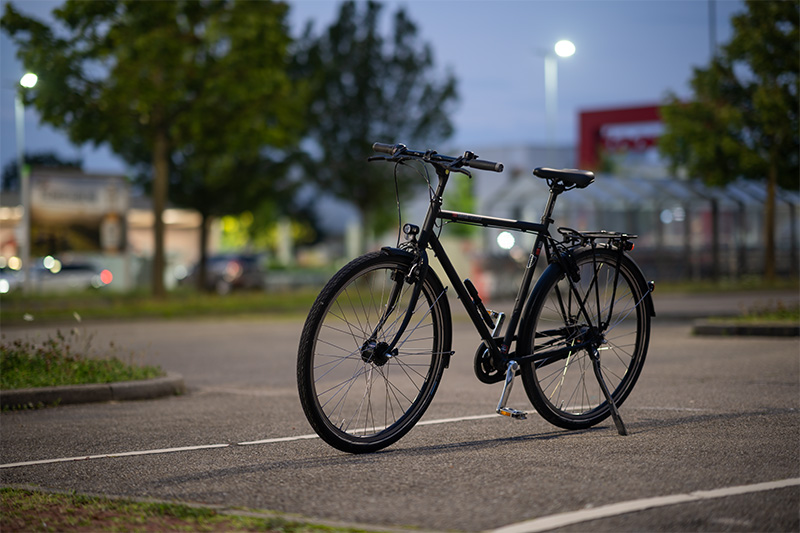


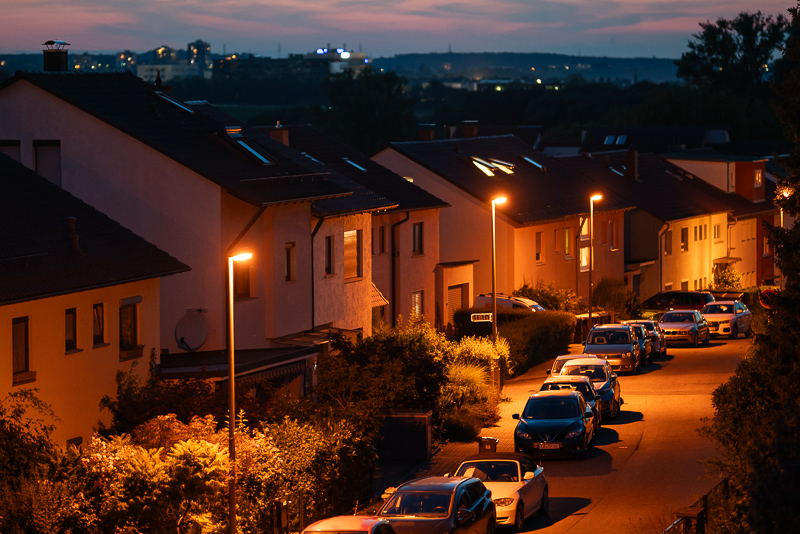

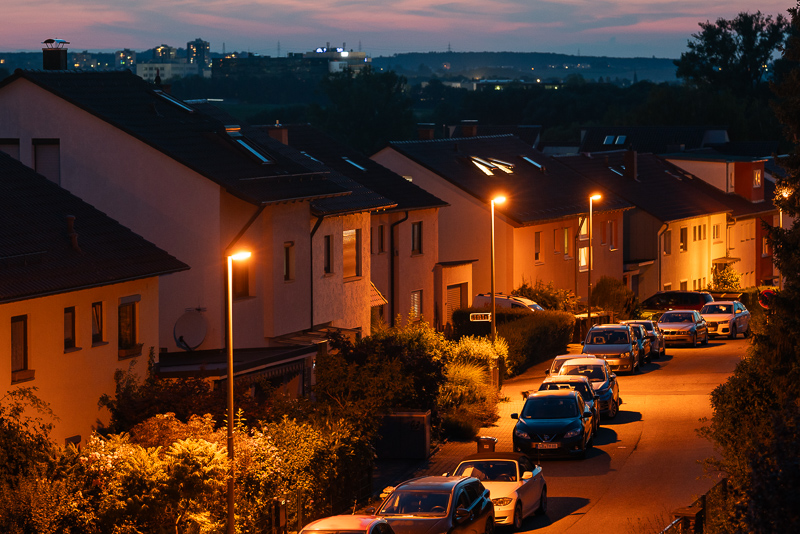
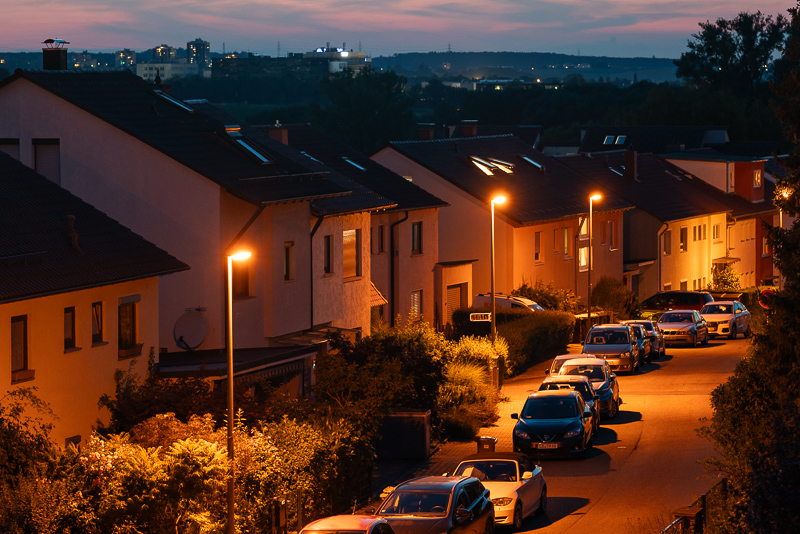
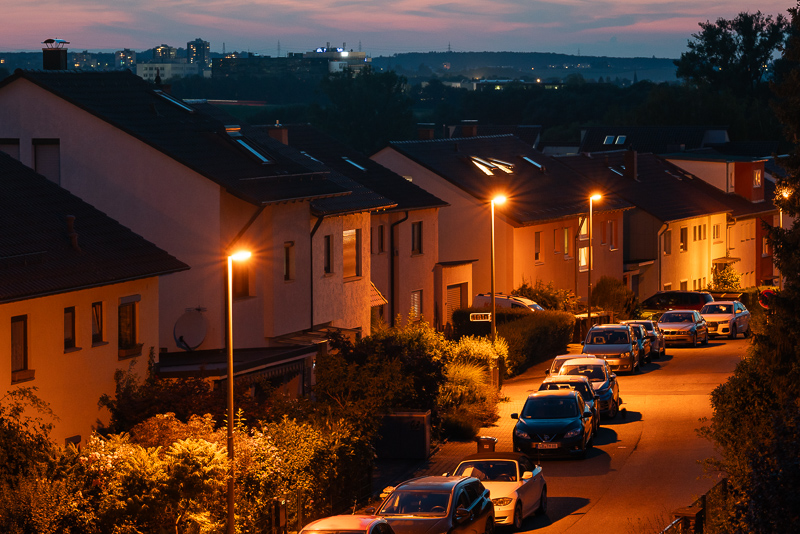
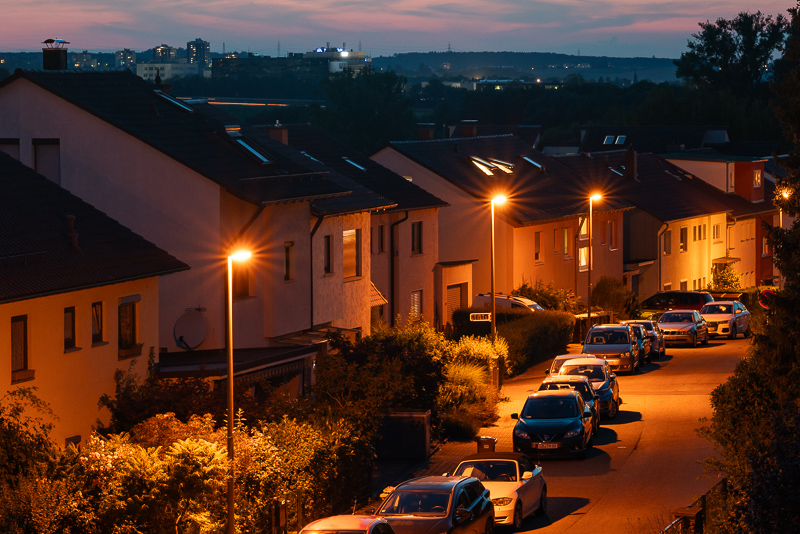
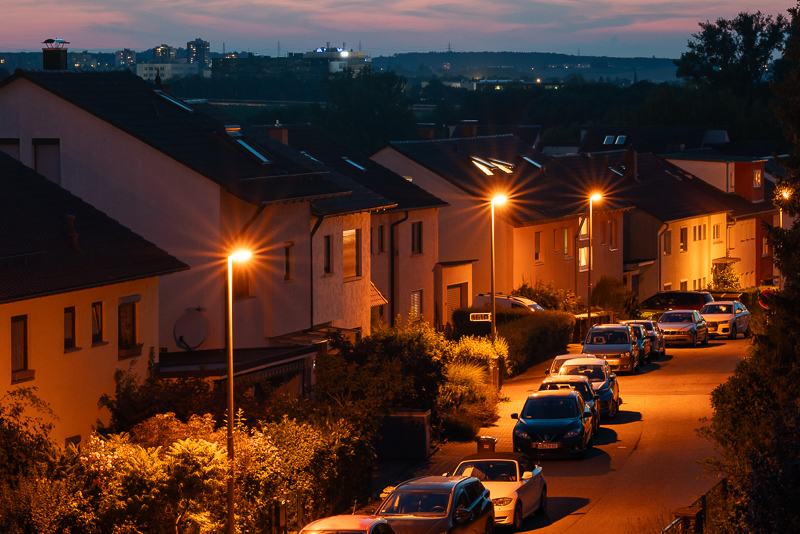
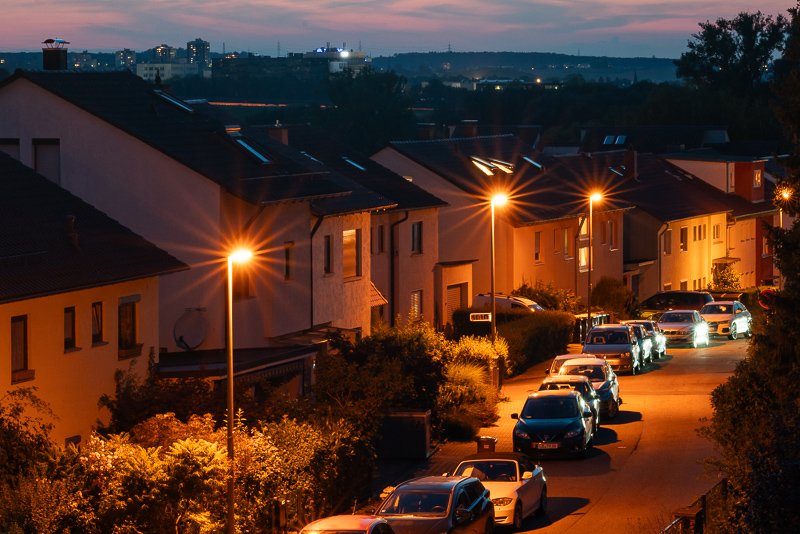
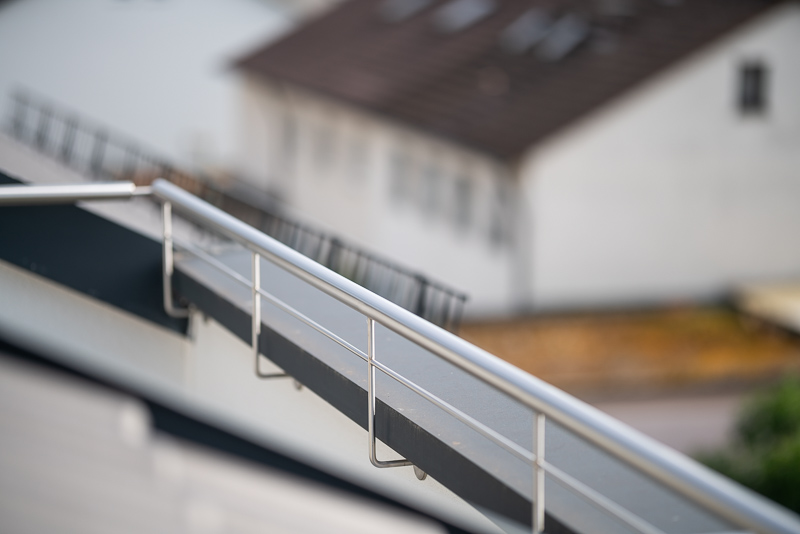
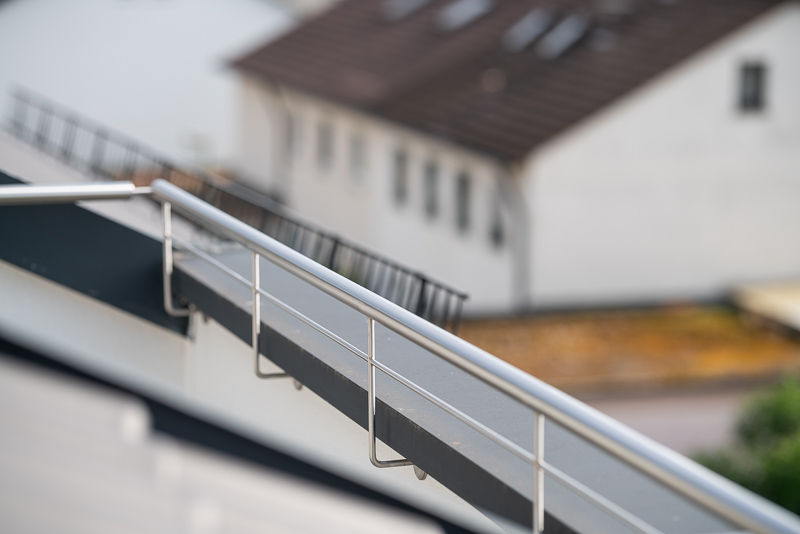
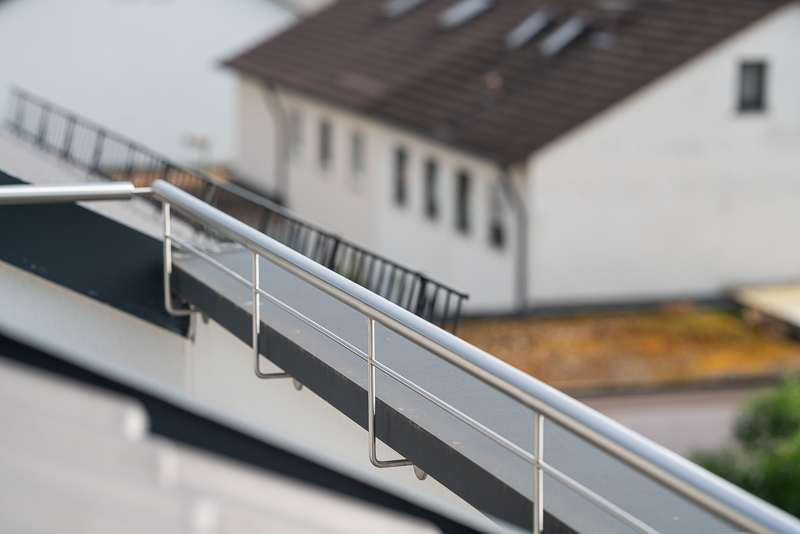
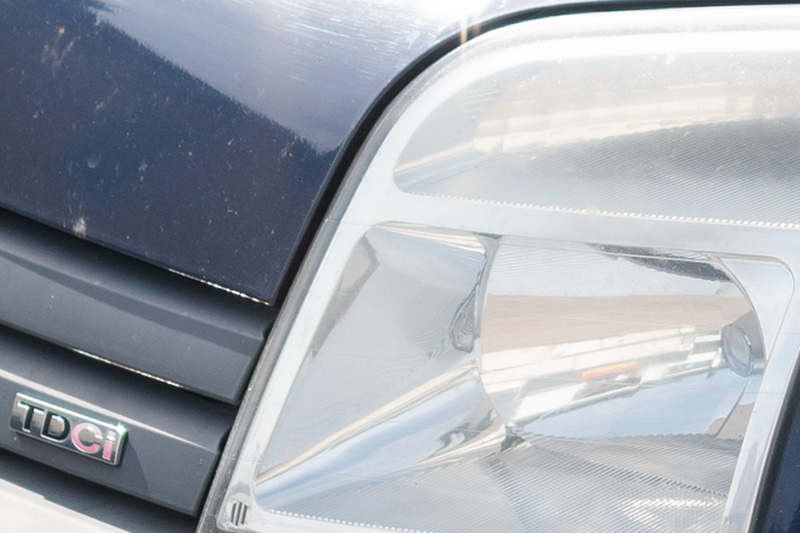
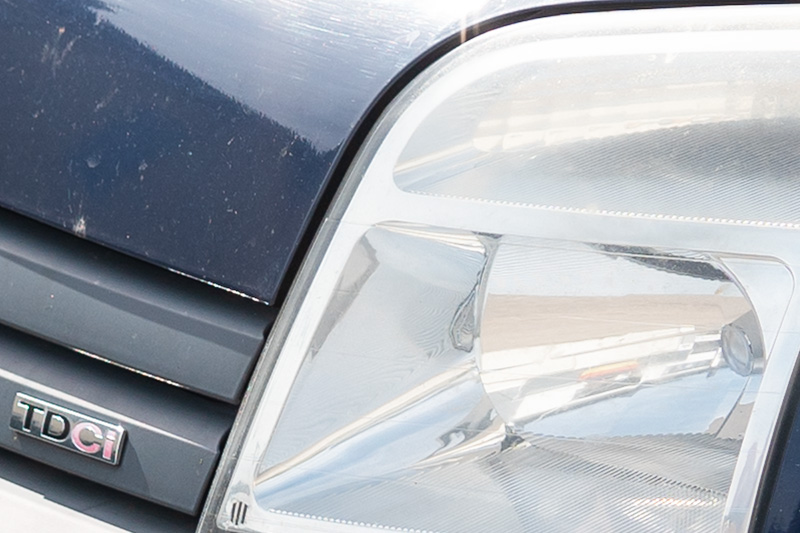
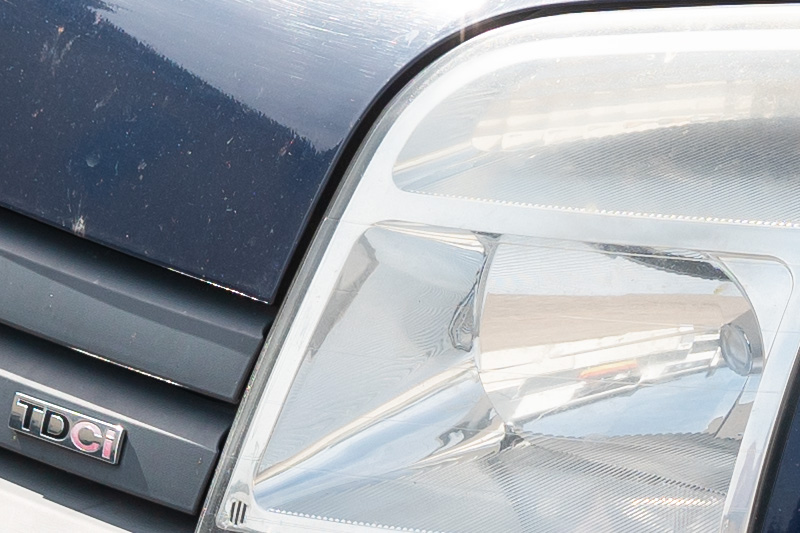
I’d be curious to see how the bokeh rendering on this compares to some of the 135s… I know 135mm is even farther apart, though going by AoV 105 is just as far from 85mm as from 135mm no? I know the Plena was mentioning in passing at the end (dunno if that’s in the queue), and I think you said a SY 135 review is coming in the near future… Looking forward to that!
Thanks for the comparisons between this and the 85GM, both of them (cropped and adjusted) are very illustrative, as is the thorough flare handling section; both show why you’re one of the best reviewers around. I can’t think of many review sites where I’d trust their findings without comparing them with someone else’s, but Bastian’s easily reviews meet that mark.
Thank you so much, means a lot to me!
Agreed. Only Bastian’s reviews help me to get a real picture of a lens in use, and to imagine my own experience and results I’d get. Comparison with the 85mm was such a good (and well executed) idea. In that case, images indeed say more than a thousand words.
Doing reviews this way can’t be time and money efficient, so I don’t expect other reviewers to take any cue from this.
I can confirm that the Sigma MC-11 (Sony) and MC-21 (L-mount) adapters will also focus at the working aperture.
Also: I love this lens.
Ah interesting.
Thanks for the detailed review. In terms of bokeh, I would prefer the Otus 1.4/100, but the AF is of course a clear advantage for the Sigma, especially for portraits.
I see a cheaper and more compact alternative in the TTArtisan 90/1.25. With a 72mm front element, it can seperate comparably to the Sigma 105/1.4 and also has a nice bokeh, but unfortunately only without AF and of course not with its perfection.
I kind of feel like it’s a bit odd to compare it to another brand’s 85mm, since Sigma offers an 85mm of their own.
Personally, owning and primarily using both the Sigma 85mm and the 105mm lens in my work, my favorite thing about the 105mm is its compression of the image combined with the bokeh. I’ve not tried anything that comes close, to my eyes anyhow.
The main drawbacks for the Sigma 105mm is its physical weight. It’s brick house heavy. Swing it at a charging rhino and win, heavy. You WILL feel it if you need to carry it around for a shoot, heavy. The 85mm feels like a feather in comparison.
And lastly, you need to have more room to shoot your subject with than an 85mm. I’ve had times where I just couldn’t get far enough back from my subject to get the shot with the 105mm, and had to switch to the 85mm.
So my advice when people ask me about the 105mm is…if you have a great 85mm portrait lens in your kit, and are feeling flush with funds, then the 105mm is an awesome addition. You won’t be disappointed, IMHO. But if your trying to decide between the two, the 85mm is the safer way to go. It’s almost as magical as the 105mm, without the drawbacks of the 105mm, and just more versatile and manageable.
That said, I’d never get rid of it (105mm) though. It’s my favorite lens.
Hope that’s helpful to some. Thanks all!
It is, thanks a lot!
That’s a nice comparison!
Bokeh Monsters.
105 has to much compression for my taste, so I do prefer 85mm. But that’s taste…
The Sony FE 85mm f1.4 GM has indeed nice bokeh, but AF is slow and much, much better on the Sony FE 85mm f1.4 GM Mk II.
But how is the bokeh of the MkII?
Worse. Review is coming soon.
Really curious to see the optical vignetting results on that one, from the samples I’ve seen it looked like that was a clear tradeoff for Mk II but I’ve seen people vehemently argue the original is no better…
Interestingly, there is 135mm f1.4 but only manual lens.
But for me, 135 would be better than 105mm, as I prefer better reach when there should be some, but well, I don’t see much difference, like some…
You may consider that the entrance pupil of a 105/1.4 is roughly the same as an 135/1.8.
135/1.4 is rare, bulky and has challenges that Bastian has very well described.
So maybe you want to look at 135/1.8 or 135/2.0. There are many reasonable offerings, I am very happy with my Canon EF135/2.0.
Finally we have a proper review of this lens, rather than Youtube ‘bokeh monster’ hype. Thank you so much Bastian!
Because of the hype, I have flirted with this lens several times but never kept it. For what it is, it is ridiculously huge. The last time I had it (in June 20203) I did a comparision of portraits with Sony’s 85mm GMI and the 135mm GM which I already own.
I’m no portrait expert by any means and only wanting to look at rendering/bokeh and sharpness. To keep the Sigma it had to give me something special that I wasn’t getting with the GMs. While it might have been Sigma copy that I was using, it was not a bokeh monster – I much preferred the rendering of the 135mm GM. I’ve just had a look through the images again and feel exactly the same as I did then. Obviously the 135mm GM might be too tight in a studio, making the Sigma a better option, but outdoors its weight and size are the significant factors that make it a ‘monster’.
I recently purchased this lens with very high expectations indeed, and it effortlessly surpassed all of them. Yes, it is a beast, and buying NDs, a CPL, and a ceramic protector in 105mm size cost a pretty penny. That said, no regrets. The optical quality is superb, even wide open. I wanted a little more than 85mm was giving me for portraiture. The Sigma 105mm f/1.4 ART now sits alongside my Samyang XP 85mm f/1.2 and Venus Optics Laowa 105mm f/2 STF. My chasing of the short-tele dragon has now come to an end.
Great review, and channel! I have a Sigma. For me it’s the most beautiful bokeh I know. I like it better than the one from the 85 1.4 GM.